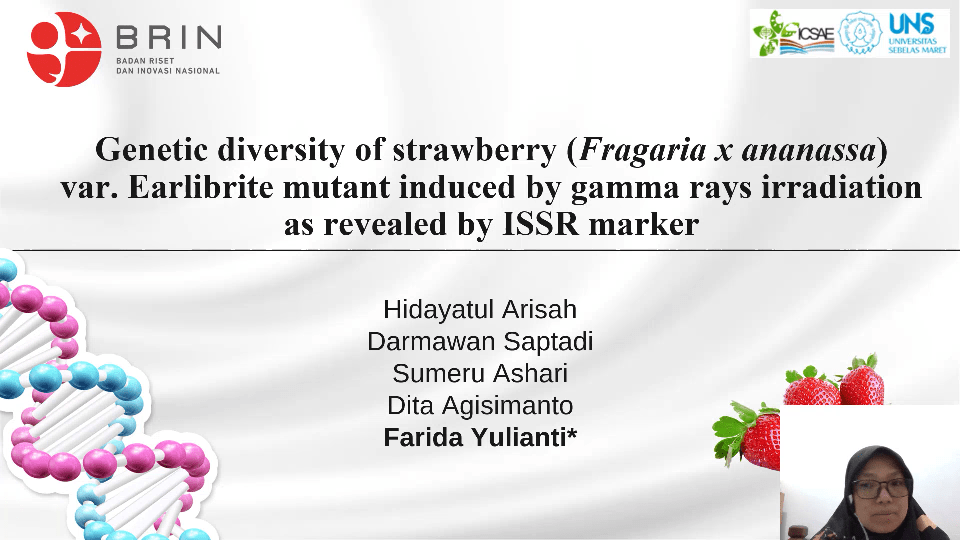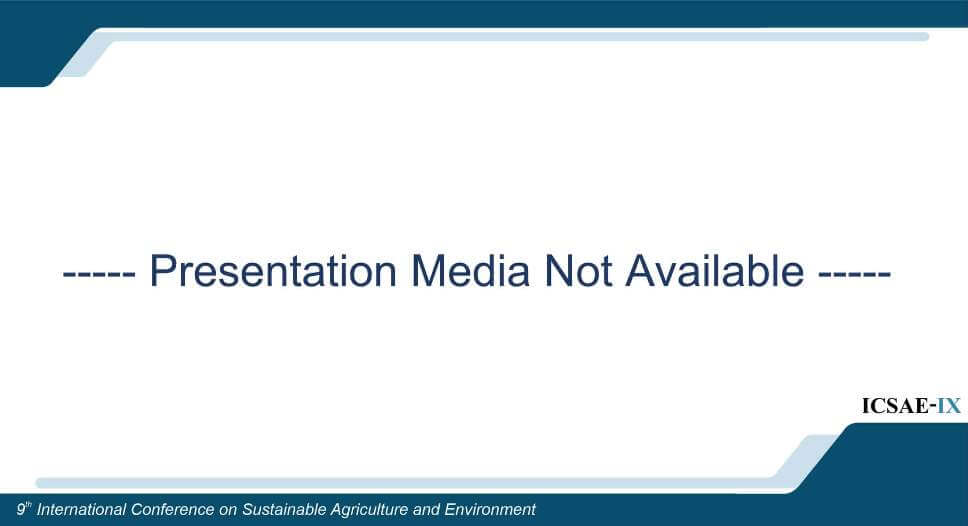Home » Room Video 1 » ID89 Chelated Copper-Zinc as Potential for Foliar Fertilizers
Paper ID: 89
Chelated Copper-Zinc as Potential for Foliar Fertilizers Based on Different PH and Electrical Conductivity
Mohamad Faris Saiman1, Nur Maizatul Idayu Othman1,2*, and Norazlina Abu Sari1
1Faculty Plantation and Agrotechnology, Universiti Teknologi MARA, Malacca Branch, Jasin Campus, Malaysia
2Soil Conservation and Management Research Interest Group, Faculty of Plantation and Agrotechnology, Universiti Teknologi MARA, Malacca Branch, Jasin Campus, 77300, Merlimau, Melaka
Email: faissaiman98@gmail.com
A nutrition solution’s pH and electrical conductivity (EC) should be kept in the ideal range since they have an impact on the nutrients’ availability. Plants can absorb nutrient solutions with low pH (5.0–7.0) and EC (between 1.6 and 2.4). Copper and zinc micronutrients are required by plants to produce high-quality fruits. Applying different rates of copper-zinc chelated fertilizer in conjunction with NPK fertilizer will aid in increasing plant growth and nutrient uptake. 8.89 g nitrogen, 3.86 g phosphorus, and 2.18 g potassium will be added together with 6407, 7208, 8009, 8810 and 9611 ppm of copper EDTA and zinc EDTA. The pH solution was tested using a pH meter, and electrical conductivity (EC) analysis was conducted using an EC meter with a calibrated conductivity meter. The study’s findings indicate that there was a considerable disparity between the pH and EC readings. The ideal solution of copper EDTA and zinc EDTA at 8009 ppm rate had an EC measurement of 2.403 ms/m and a pH of 6.74. From this investigation, it may be inferred that the pH and EC readings of copper-zinc chelated fertiliser combinations at various rates will influence the value of pH and EC.


